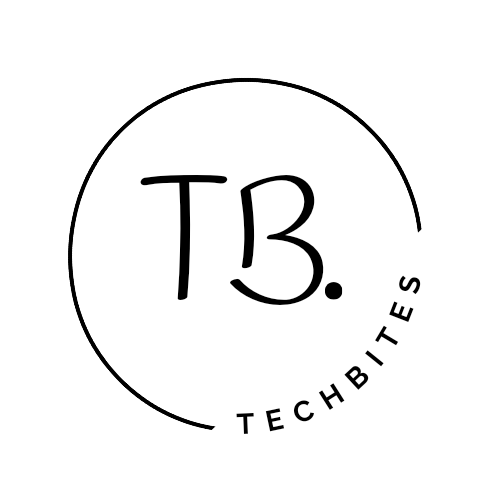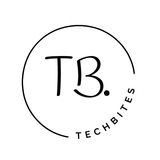Microsoft Urges Developers to Prepare for Unified Domain Transition

Time is running out for developers and administrators to ready themselves for Microsoft’s ambitious plan to consolidate its domains under the banner of cloud.microsoft.
Microsoft first unveiled its intentions to unify its domains nearly a year ago and is now issuing a reminder to developers to take action, particularly those working on Teams apps.
The impending launch of teams.cloud.microsoft in June 2024 means that tenants running apps that have not been updated will continue to operate under teams.microsoft.com. This change primarily affects embedded applications where an external web app is rendered inside Teams, Outlook, or Microsoft 365.
Microsoft aims to utilize microsoft.com for “non-product experiences” such as marketing or support, while cloud.microsoft will manage authenticated, user-facing product experiences.
Although existing workloads will transition at a slower pace, Microsoft is urging developers to stay ahead of the curve. While teams.microsoft.com will continue to coexist with teams.cloud.microsoft, the shift toward the latter is inevitable.
Developers need to update x-frame/CSP header settings to allow for the new domains, ensuring seamless functionality across existing and future Microsoft 365 hosts.
Additionally, an update to the TeamsJS client library to version 2.19 or higher is required, incorporating a dynamic list of trusted domains.
Microsoft believes that transitioning to cloud.microsoft will bring benefits to users and developers across the Microsoft 365 ecosystem, streamlining domain fragmentation and offering a unified experience.
In light of these changes, developers must closely monitor Microsoft’s plans and potentially revisit legacy code to ensure compatibility with the evolving domain landscape.
As Microsoft takes steps toward domain unification, developers are encouraged to proactively address these updates to maintain optimal functionality within their applications.





